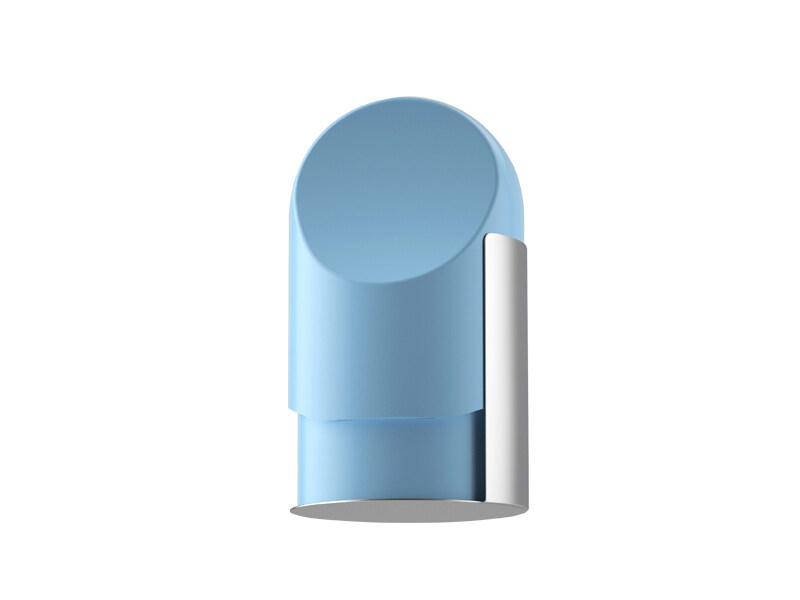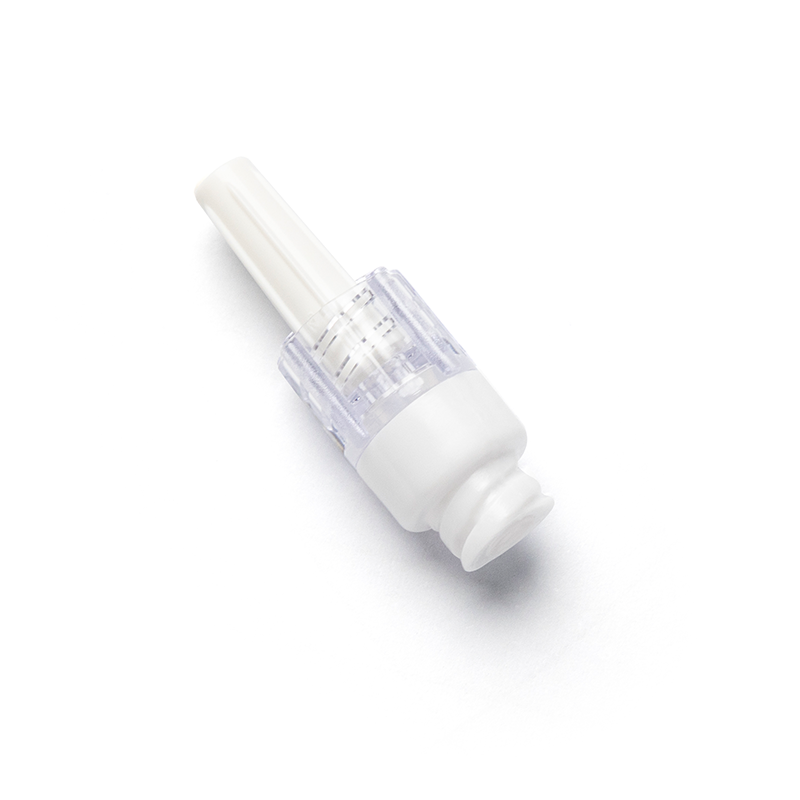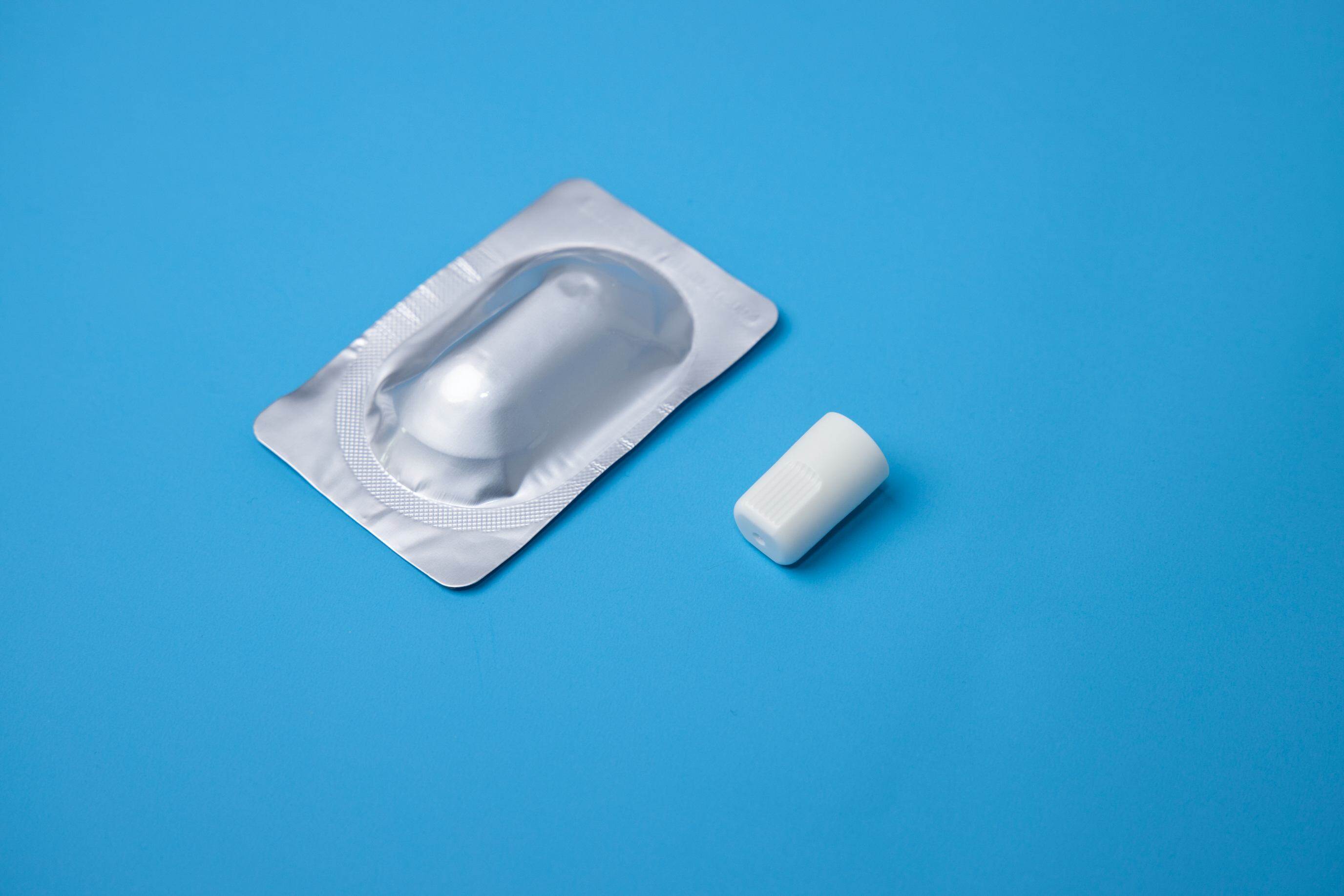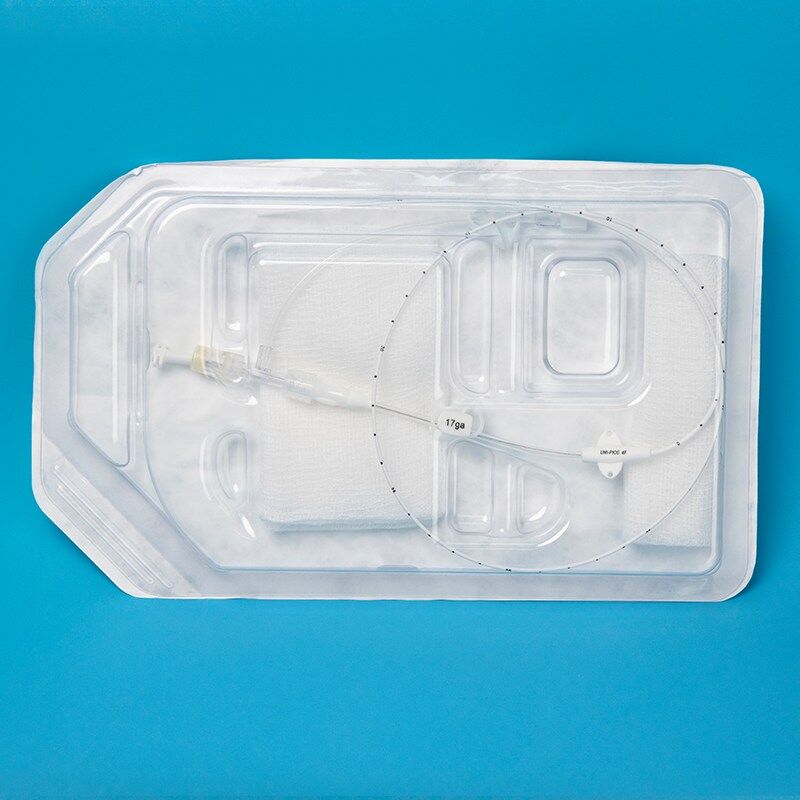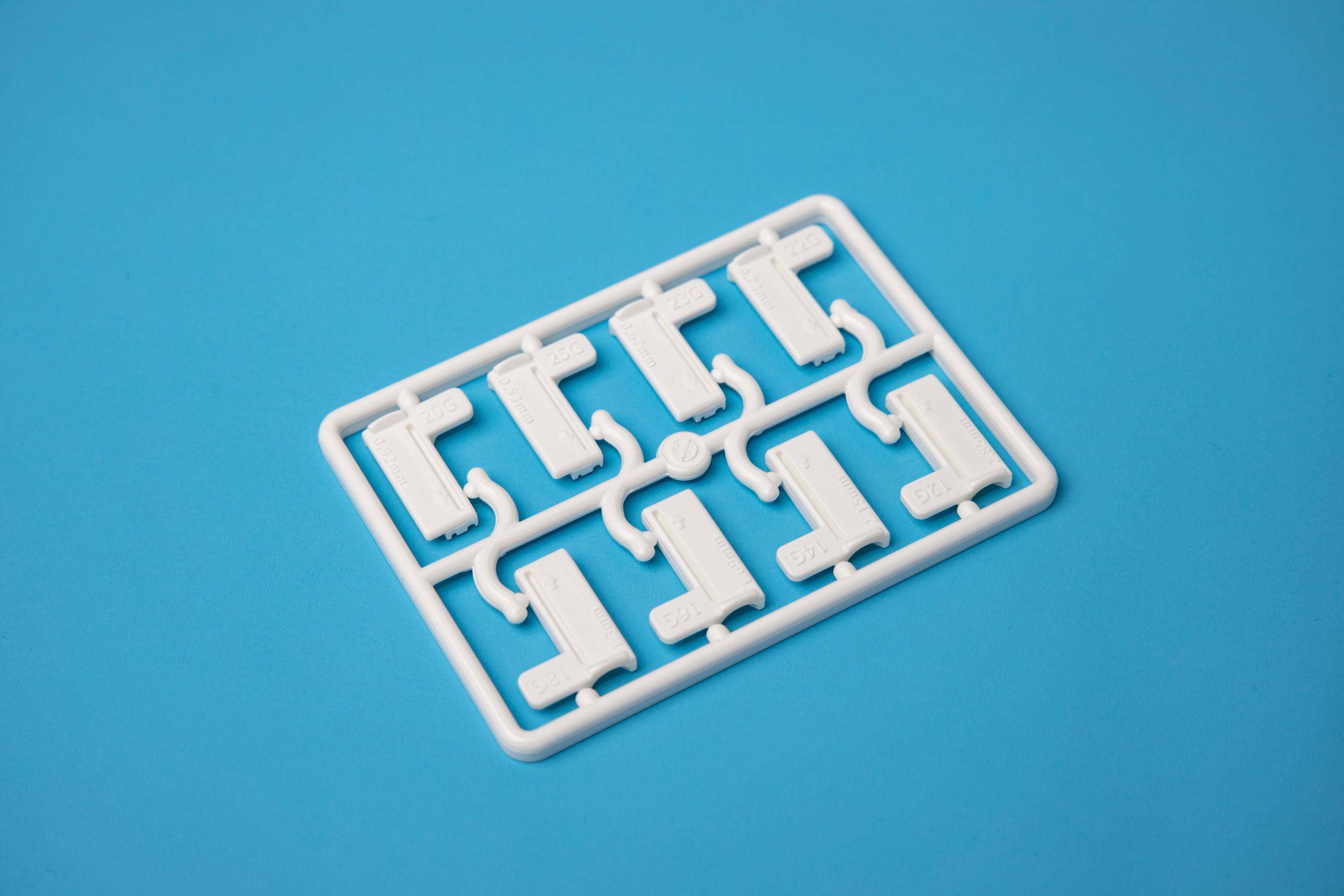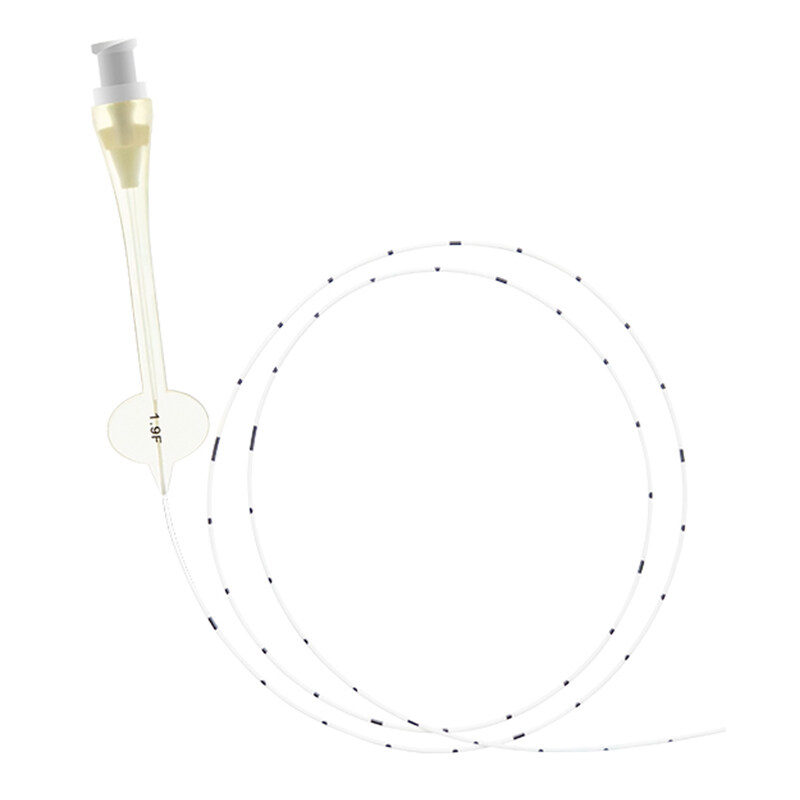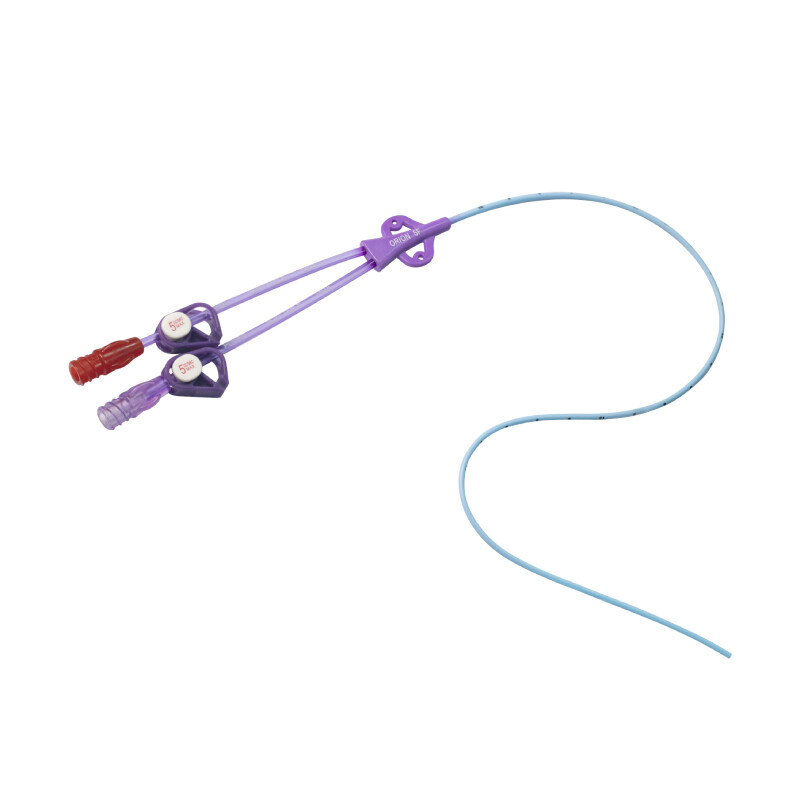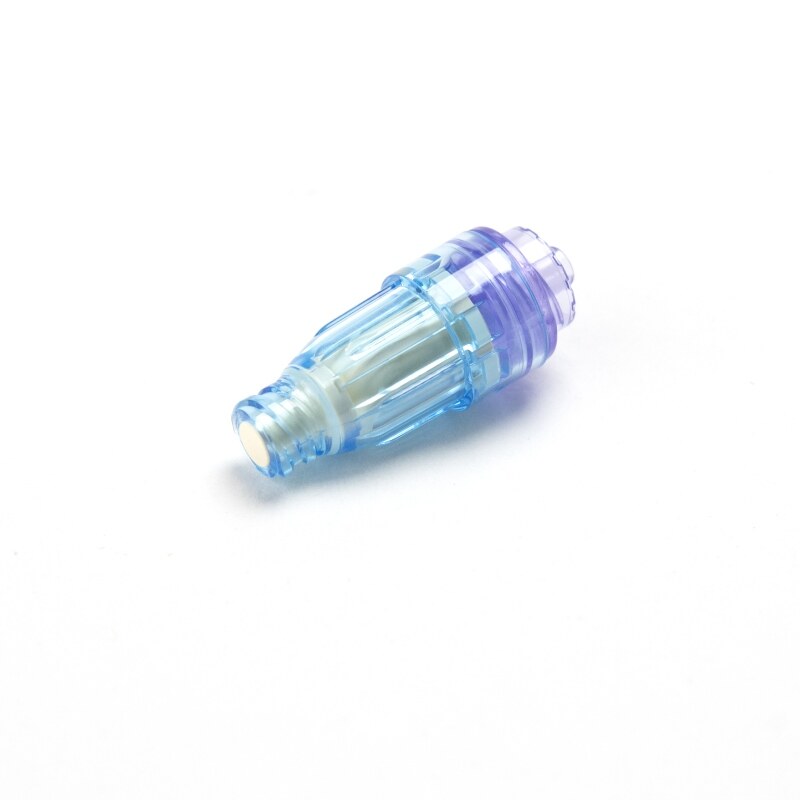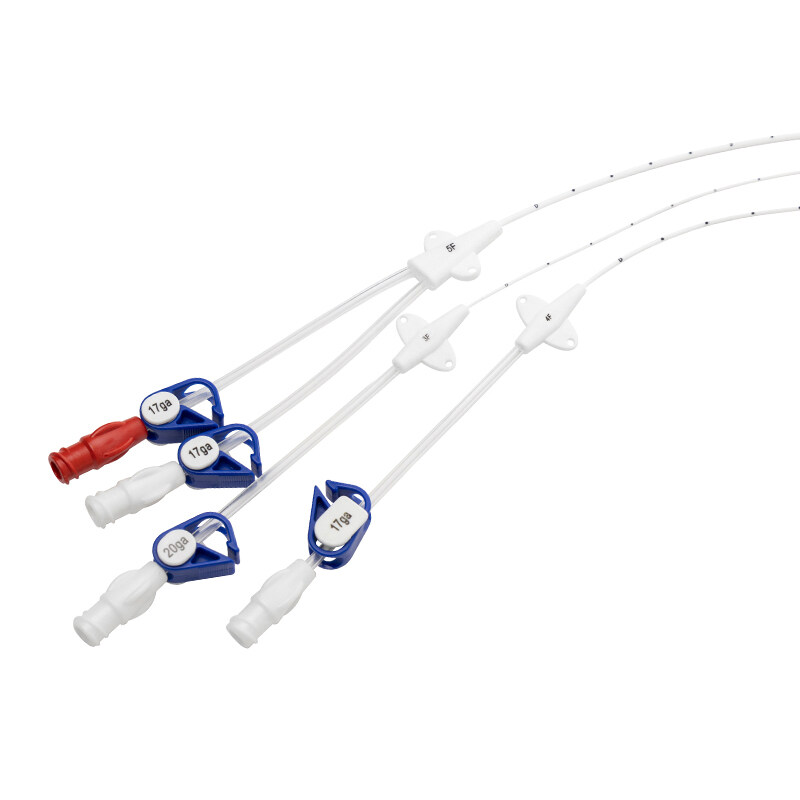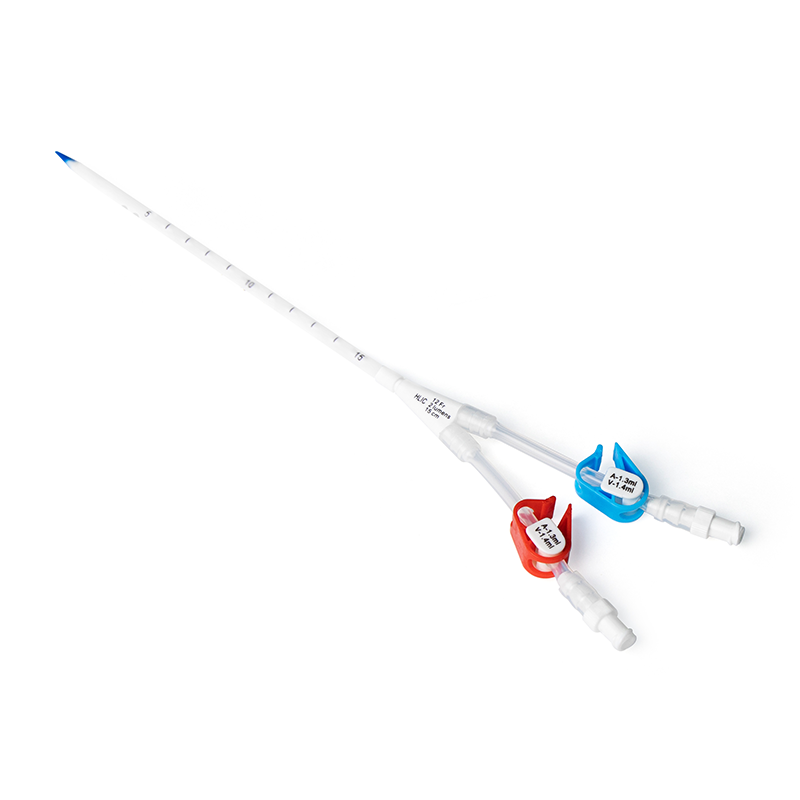What is a central venous catheter used for?
A central venous catheter is a thin, flexible tube that is inserted into a vein, usually below the right collarbone, and guided (threaded) into a large vein above the right side of the heart called the superior vena cava.
What are the types of central venous catheters?
The doctor will recommend the type of CVC you should have based on your situation and how long the CVC may be needed.
Three common types of CVC are a tunneled central venous catheter, a peripherally inserted central catheter, and a subcutaneous port.
There is still a lot to learn about central venous catheters, for example about the central venous catheter care at home. Only with a better understanding of the central venous catheter care at home can we make the most of its usefulness.
central venous catheter care at home
Central venous catheter (CVC) care at home is an important aspect of maintaining the health and safety of patients who require long-term IV therapy. Here are some key steps to take when caring for a CVC at home:
Follow proper hand hygiene: Before touching the CVC or any of the equipment associated with it, make sure to wash your hands thoroughly with soap and water for at least 20 seconds. Alternatively, you can use an alcohol-based hand sanitizer.
Keep the CVC site clean and dry: The CVC site should be inspected regularly for signs of redness, swelling, drainage, or other signs of infection. The site should also be kept dry, and any dressings or bandages should be changed according to the healthcare provider's instructions.
Flush the CVC regularly: Depending on the type of CVC, it may need to be flushed with saline or heparin solution to prevent clotting or blockages. Your healthcare provider will provide instructions on how often and how to flush the CVC.
Use sterile technique for any CVC manipulation: If you need to handle or manipulate the CVC for any reason, make sure to use sterile technique, such as wearing gloves and using sterile equipment. Your healthcare provider can provide instructions on proper technique.
Monitor for potential complications: It's important to monitor the patient for any signs of complications related to the CVC, such as fever, chills, shortness of breath, or chest pain. These could indicate a serious infection or other complication that requires medical attention.
Keep a record of CVC care: Keep a record of when the CVC was flushed, when the dressing was changed, and any other relevant information about the care of the CVC. This can help ensure that the CVC is properly maintained and can provide important information to healthcare providers if any issues arise.
Caring for a central venous catheter at home can be challenging, but with proper education and support from healthcare providers, patients and caregivers can help ensure that the CVC is properly maintained and complications are minimized.
Where is the central venous catheter placed?
A Central venous catheter is used to give intravenous fluids, blood transfusions, chemotherapy, and other drugs.
A central venous catheter is an indwelling device that is peripherally inserted into a large, central vein, and advanced until the terminal lumen resides within the inferior vena cava, superior vena cava, or right atrium.
Haolang medical specializes in developing, manufacturing, and distributing a series of products for vascular access, infusion therapy, and infection control.
For questions about the central venous catheter, including the central venous catheter care at home, you are always welcome to contact Haolang Medical to find out more.
Additionally, it's important to have open communication with the healthcare provider and to follow their instructions closely. They may have specific recommendations for CVC care based on the patient's individual needs and medical condition.
Patients and caregivers should also be aware of the signs of potential complications related to the CVC, such as fever, chills, redness or swelling at the site, or drainage from the site. If any of these signs are present, it's important to contact the healthcare provider immediately.
It's also important to keep the CVC site covered with a sterile dressing to prevent infection and avoid any unnecessary contact with the site. Additionally, patients should avoid any activities that may put pressure on or dislodge the CVC, such as heavy lifting or pulling.
Proper CVC care at home is crucial for patients who require long-term IV therapy. Proper education, support, and communication with healthcare providers, patients, and caregivers can help ensure that the CVC is properly maintained and that potential complications are identified and treated promptly.

